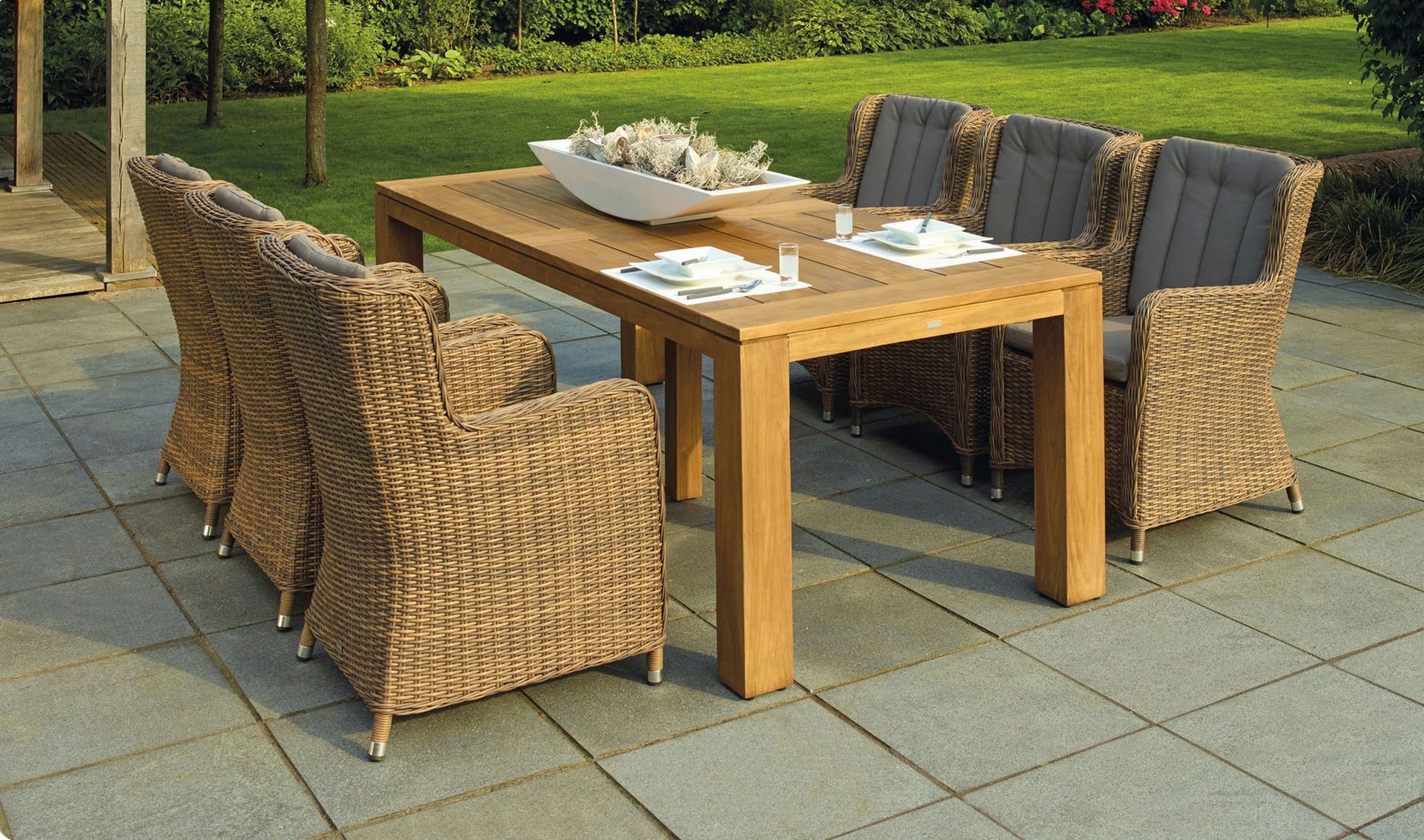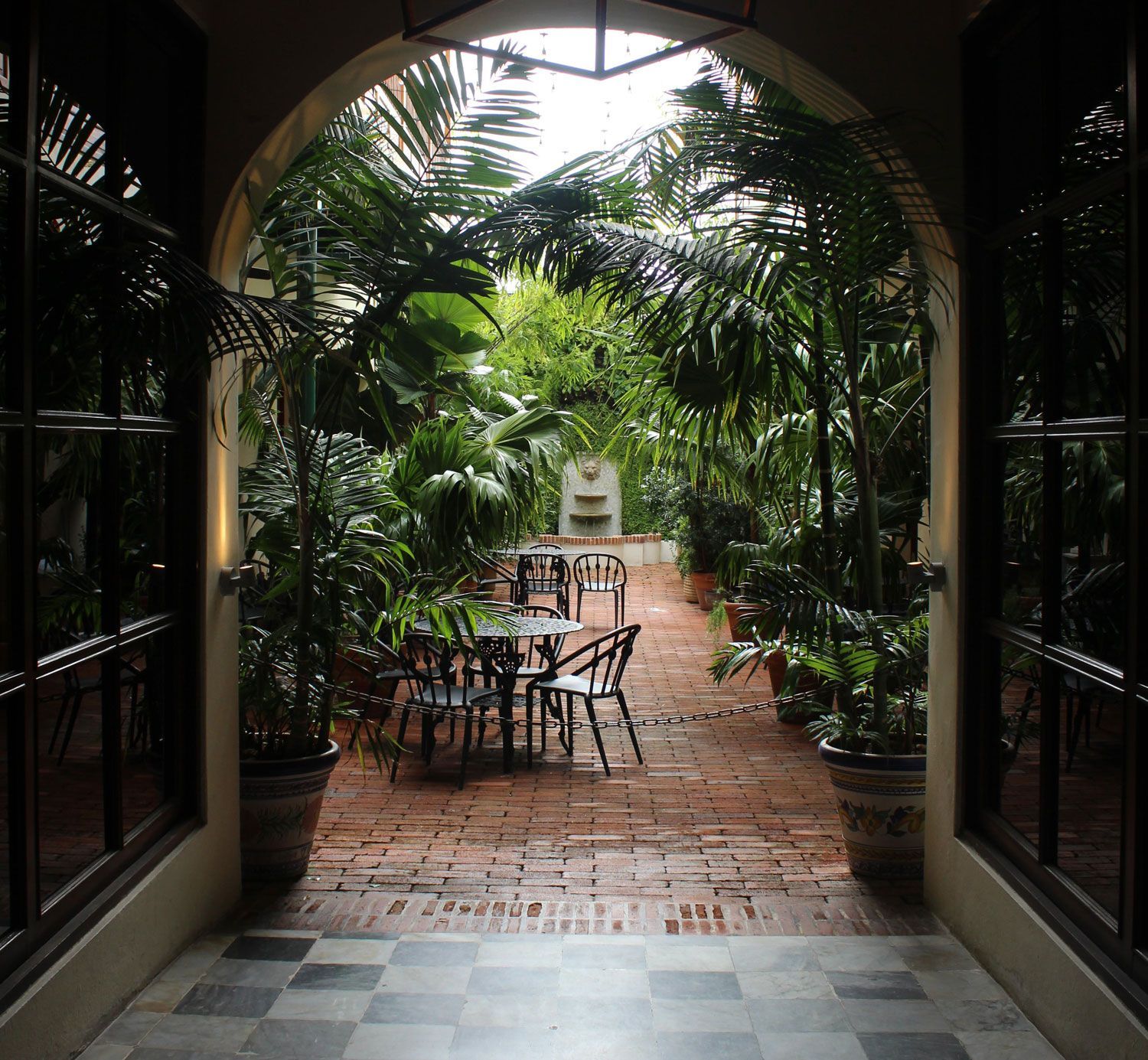Concrete Patios

Designing a Fabulous Concrete Patio
Your outdoor space is an extension of your home, and designing the perfect concrete patio can transform it into a functional and aesthetically pleasing retreat. Whether you’re starting from scratch or looking to upgrade an existing patio, this comprehensive guide will walk you through the essential elements to consider when creating the ideal concrete oasis.
Define Your Purpose:
Before diving into design details, clarify the purpose of your concrete patio. Is it a space for outdoor dining, entertaining guests, or simply relaxing in solitude? Understanding the primary function will guide decisions on layout, size, and features.
Choose the Right Location:
Selecting the right location for your concrete patio is crucial. Consider factors such as sunlight exposure, views, and proximity to the house. An ideal patio location provides a balance of sunlight and shade, and easy access from indoor living spaces.
Plan the Layout:
The layout of your patio should complement the natural flow of your outdoor space. Whether it’s a simple rectangular design or a more intricate shape, plan the layout to optimize usability and create a seamless transition from the indoors to the outdoors.
Select the Perfect Size:
The size of your patio should be proportional to your outdoor space and accommodate your intended activities. Avoid overcrowding the area with furniture or leaving it feeling sparse. Consider how much space you need for dining, seating, and any additional features.
Explore Concrete Finishes:
Concrete offers a versatile canvas for various finishes. Stamped concrete can mimic the look of brick, stone, or even wood, adding texture and visual interest. Exposed aggregate provides a rugged and natural appearance, while a smooth, polished finish offers a sleek and modern aesthetic.
Integrate Color Creatively:
Inject personality into your patio by choosing the right colors for your concrete. Integral pigments or surface stains can add warmth, depth, or a pop of vibrant color. Consider the overall color scheme of your home and landscape when selecting concrete hues.
Incorporate Decorative Elements:
Enhance the visual appeal of your concrete patio by incorporating decorative elements. From stamped patterns and borders to inlays and engraving, these details can elevate the overall design. Consider your personal style and the architectural features of your home for inspiration.
Furnish for Comfort and Style:
Furniture is a key component of a well-designed patio. Choose comfortable seating, dining sets, and loungers that align with your aesthetic preferences. Opt for weather-resistant materials to ensure durability and longevity.
Integrate Shade Solutions:
Make your patio more comfortable by incorporating shade solutions. Options include umbrellas, pergolas, or retractable awnings. Strategically placed shade elements not only provide relief from the sun but also contribute to the overall design.
Illuminate the Night:
Extend the usability of your patio into the evening by incorporating outdoor lighting. String lights, lanterns, or built-in fixtures can create a warm and inviting atmosphere. Consider both functional and decorative lighting to enhance the ambiance.
Add Greenery and Landscaping:
Integrate greenery into your patio design to soften the hardscape and create a lush environment. Potted plants, vertical gardens, or flower beds can add color and vibrancy. Consider the maintenance requirements of your chosen greenery.
Consider Water Features:
For a touch of tranquility, explore water features such as fountains, ponds, or decorative water walls. The sound of running water can create a relaxing ambiance, turning your patio into a peaceful retreat.
Conclusion:
Designing the perfect concrete patio is a thoughtful process that involves balancing functionality with aesthetics. By defining your purpose, choosing the right location, and considering elements such as layout, finishes, and decor, you can create an outdoor space that complements your lifestyle and enhances the overall beauty of your home. Whether you envision a sleek modern retreat or a cozy, traditional patio, this comprehensive guide serves as a roadmap to help you bring your vision to life.
Concreting in Hobart area with Craig the Concreter
We are a qualified concreter servicing from New Norfolk to Dover and on the eastern shore. We lay concrete for beautiful driveways, paths and patios, floors and strong foundations.
Our Services
Craig the Concreter


